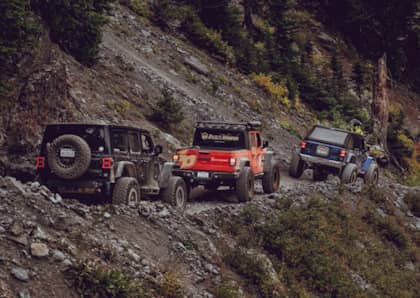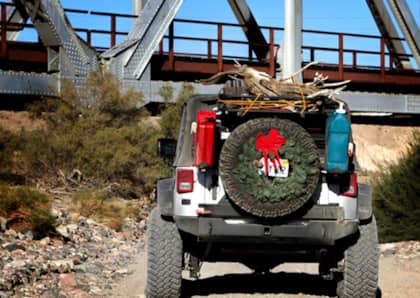Why West Coast Off-Roading Is Unlike Anywhere Else
When it comes to iconic wheeling destinations, you simply cannot beat the West Coast. Home to places such as the Rubicon Trail, The Hammer Trails, and Moab, Utah, the West has earned its reputation as a Mecca for off-road enthusiasts. Unlike the East Coast, the West Coast has thousands of dedicated acres of public land that outdoor enthusiasts can explore. Much of this land falls under the control of the BLM (Bureau of Land Management), which oversees what is commonly referred to as open land.
While the East Coast has its share of National Forest, many of its top off-road destinations are privately owned. This creates a narrower list of trails and camping locations. From unbelievable mountain views to unforgiving desert two-tracks, there’s nothing quite like wheeling the West Coast. In this article, we’ll highlight just what makes the West Coast such an important part of the off-road community.
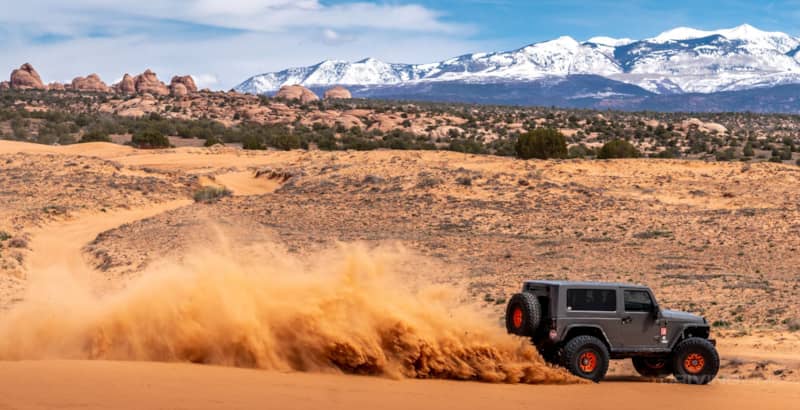
Ghost Towns
Due to the drier nature of the climate in parts of the Southwest, many of the trails have amazing bits of history preserved throughout. From closed mining operations to desert ghost towns, you can get a look back in time by exploring the vast desert trails.
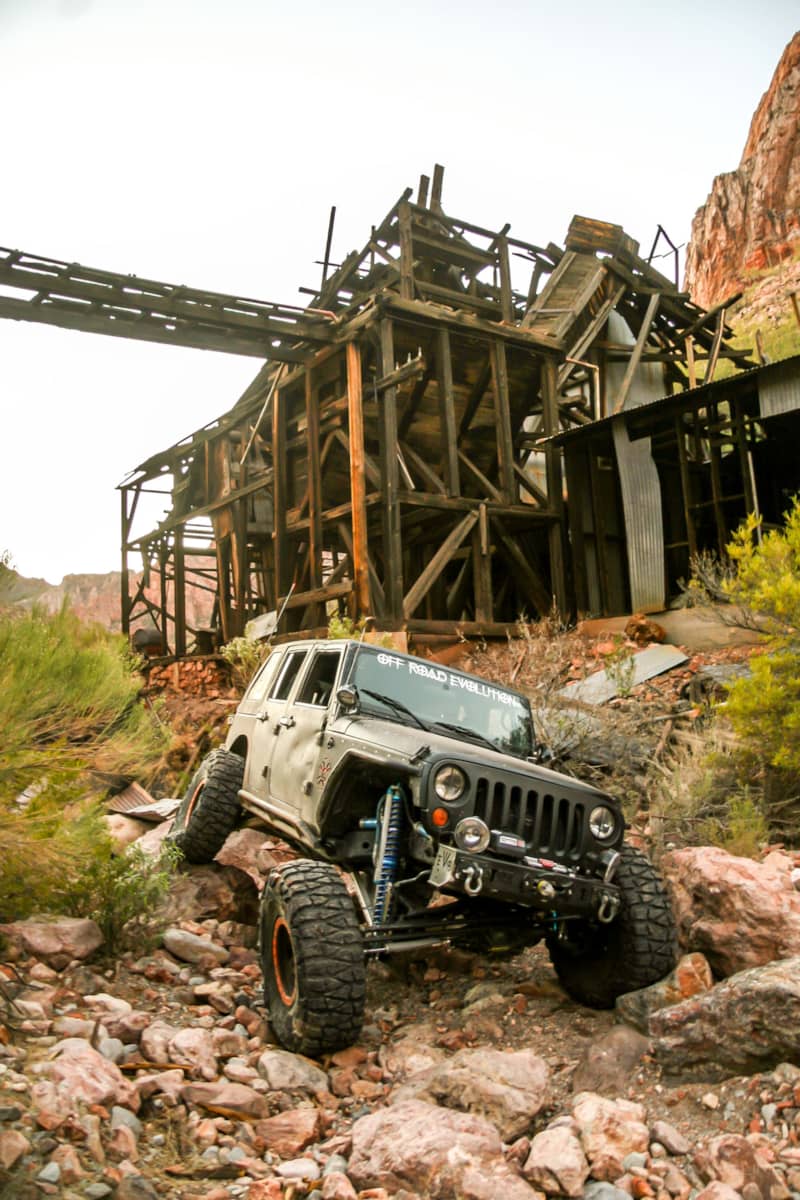
Moab
One of the most well-known and biggest wheeling destination for Jeepers across the country is Moab, Utah. This wheeling destination became a beacon for the off-road community in part due to the annual Red Rock 4-Wheelers event known as the Easter Jeep Safari. With a backdrop of the La Sal Mountain range and high-traction rock trails throughout, Moab is a bucket-list wheeling destination for beginners and experts alike.
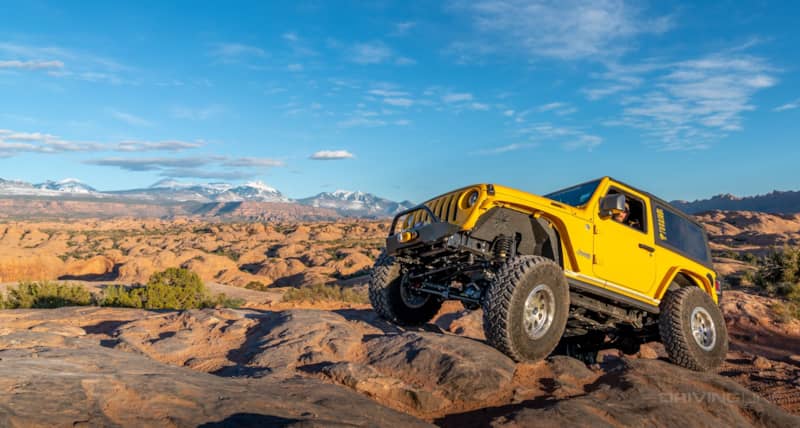
Hammer Trails
Located in the Southern California desert, Johnson Valley is home to some of the most difficult rock crawling trails in the world- the Hammer Trails. This unforgiving desert wheeling destination has a reputation for humbling the most sophisticated off-road rigs and drivers. Something that is put on display annually at the King of the Hammers race.
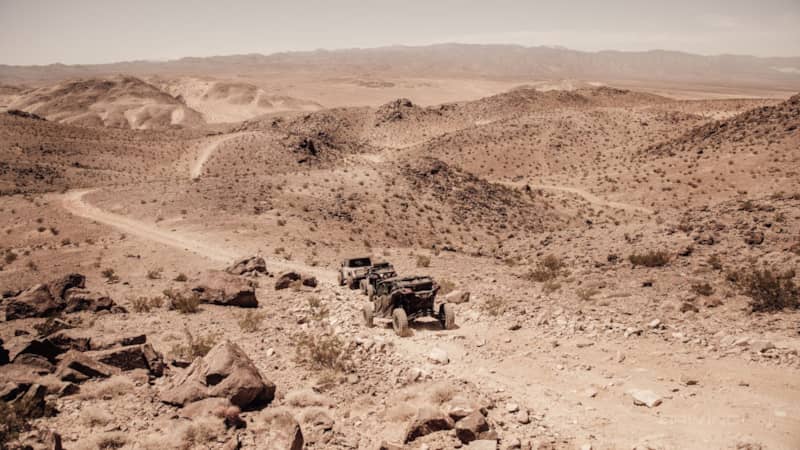
Rubicon Trail
When it comes to iconic off-road trails, none is more well-known than the Rubicon Trail. For just over 20 miles, the Rubicon Trail will take you on a challenging and scenic adventure through the Sierra Nevada Mountain range. Traversing though California and Nevada, this trail offers camping, crawling, and views that will test your wits and rejuvenate your passion for off-roading like no other.
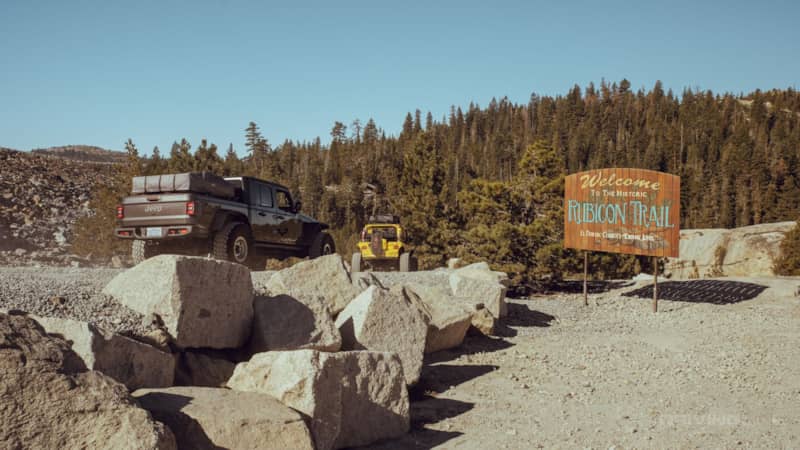
Black Bear Pass
If you want to challenge yourself with serous elevation and jaw-dropping scenery, look no further than Black Bear Pass. While just under 10-miles, this crawl through Colorado will top you out at breathtaking 12,840 ft. Though the trail is considered only moderately difficult, the switchback-filled shelf road leading into the Telluride valley can be deadly if extra care is not taken.
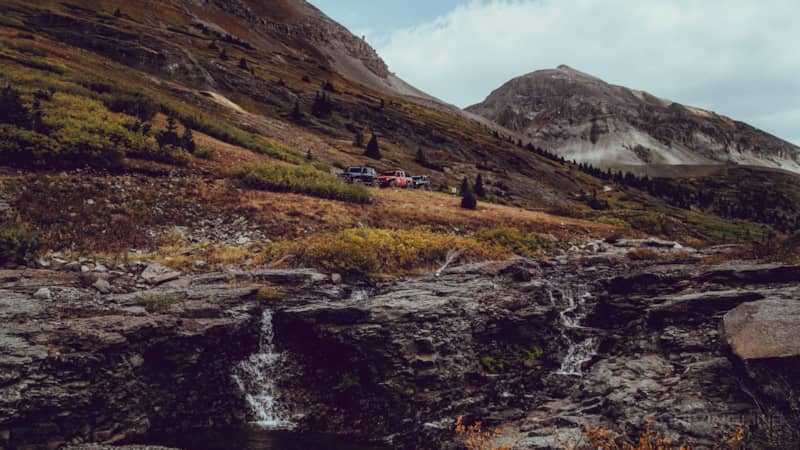
Open Land
Thanks to vast amounts of open land, you can be far away from society in a short time. This is especially nice since most of the open land can be camped on. This means you are not funneled into one over-crowed designated area. This is one of the reasons the West remains a major draw for the overland community.
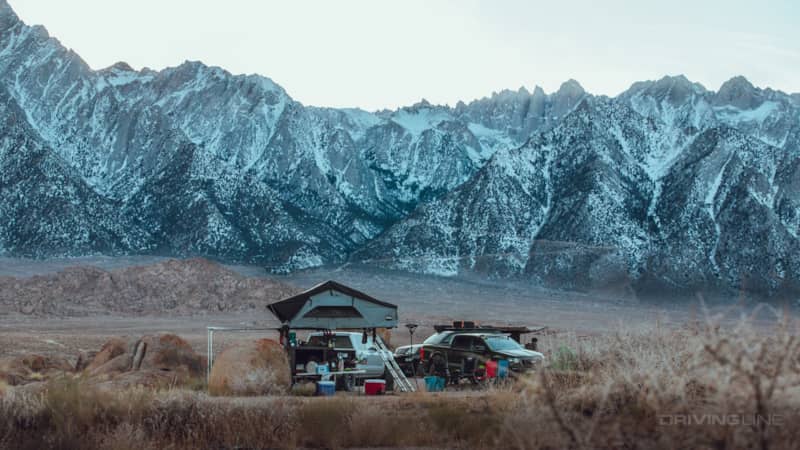
Dry Terrain
When most people think of West Coast trails, they likely picture rock crawling. Some of the most challenging and technical rock crawling trails can be found on the West Coast. Part of the reason for this is the abundance of natural rock formations. It’s also helpful that limited rainfall means mud isn’t a major concern.
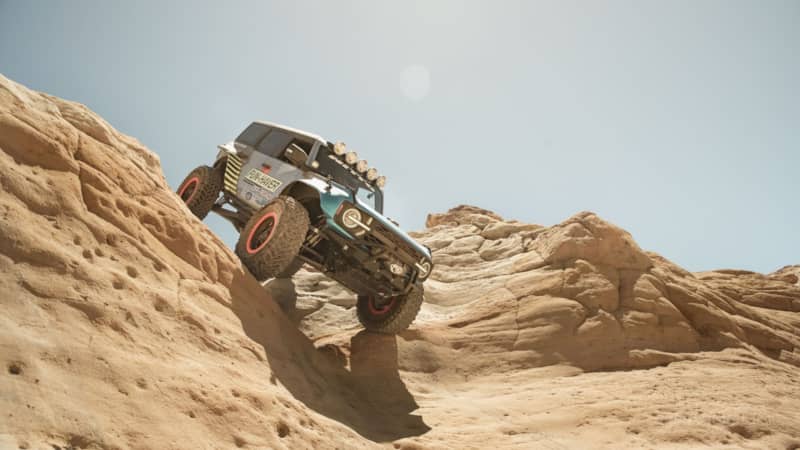
More From Driving Line
- See what it's like to navigate the Rubicon Trail!




